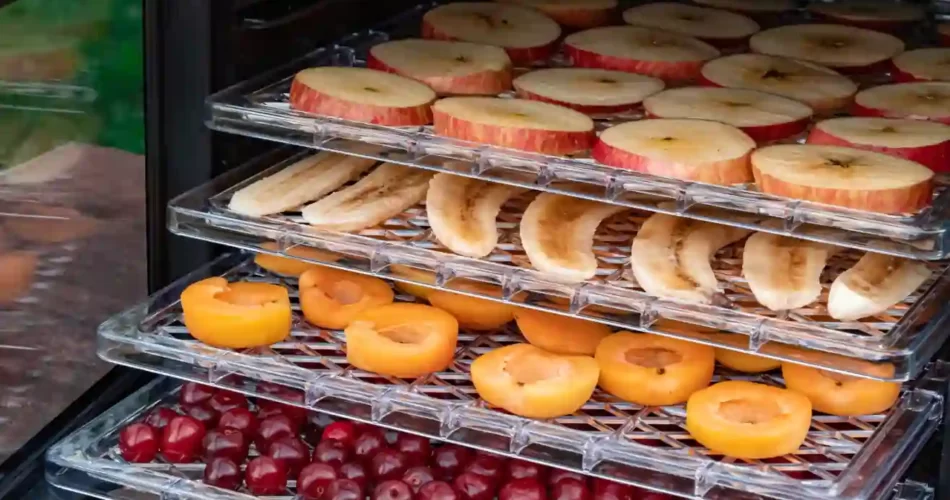Dehydrating foods gives us the opportunity to store them for longer periods of time, without losing their nutritional properties.
To take advantage of seasonal foods, to save a surplus of some food we have or to organize our menu, the preservation of the elements will always be a good option, and if we do it at home it can bring more benefits when cooking. Dehydration is a very useful way to preserve food.
Food preservation allows us to save time, money and preserve the quality of those foods that we can eat at another time.
Since ancient times there are many types of food preservation and in the modern era the industry is advancing every day in ways to preserve food, either vacuum packaging, placing additives and preservatives.
Dehydration, which is one of the oldest methods, consists of reducing the amount of water by artificial heat through previously heated air, hot surfaces, among others. While drying is the reduction of the amount of water by treating the food in environmental conditions such as sun or wind.
With these two techniques we can remove the water from the food and leave it in a state that can be consumed later.
Dehydrating food
Dehydration is a process through which much of the water content is removed, this can be achieved through heat, without the risk of losing their nutritional properties.
With dehydrated foods we can make a large number of preparations and preserve them in perfect condition for longer, even years, than if we used them in their original form.
Several techniques can be used to dehydrate food, from direct sun drying to drying in an oven at a very low temperature and with the door open.
There are also other options, such as using a dehydrator, and following the instructions for best results.
Advantages of dehydrating food
An investigation by the Argentine Council on Food Safety and Nutrition highlights that dehydrating food has advantages such as: it increases shelf life; food preserves proteins, carbohydrates and fats or lipids; storage is facilitated because the weight and volume of the food is reduced.
Once food is dehydrated, it does not need to be stored in a special facility. It also reduces the chances of food waste and is easy to prepare.
Foods that can be dehydrated
Whether natural or artificial, some foods can be dehydrated such as fruits, vegetables, legumes, mushrooms, spices, milk and eggs, meat and fish.
How can we use dehydrated foods? In preparations of raw vegan cuisine, in snacks, as desserts or main dishes, cakes, esenio bread, cookies, among others.

